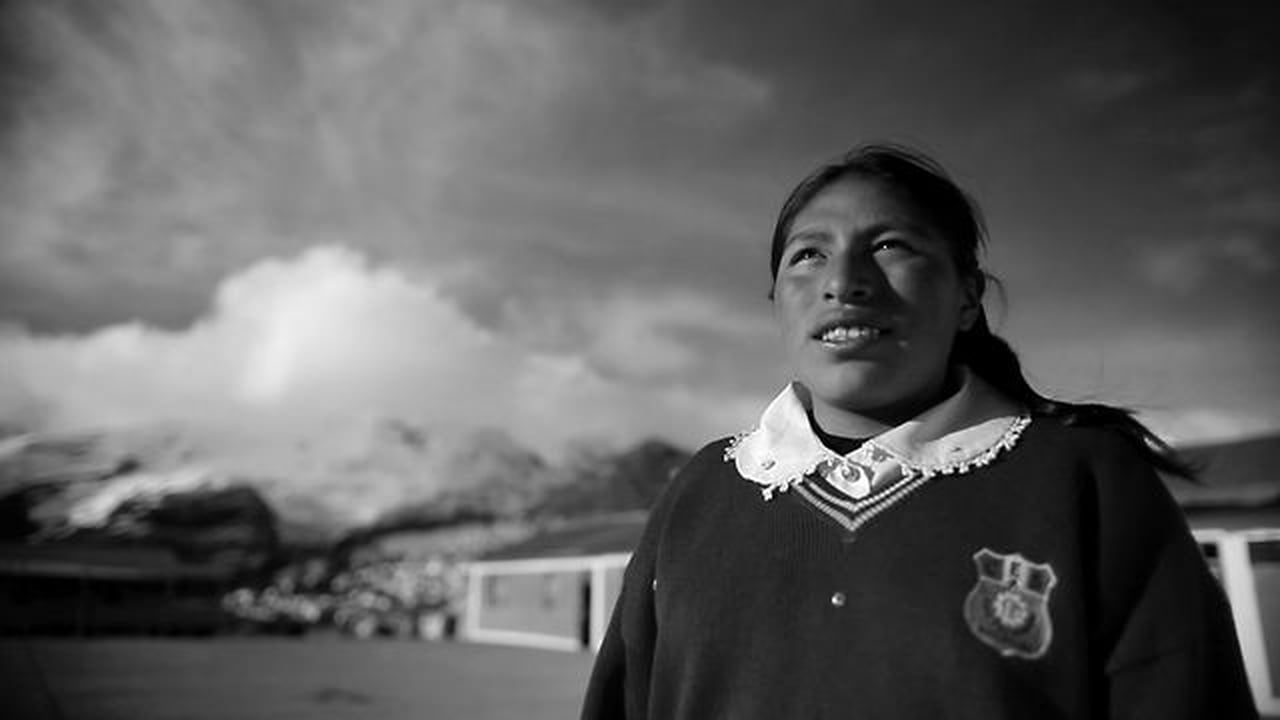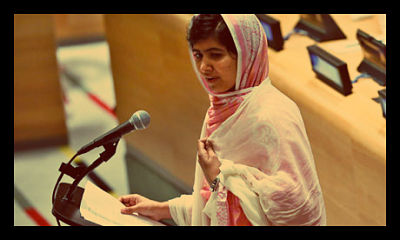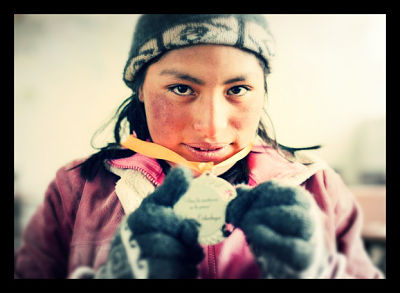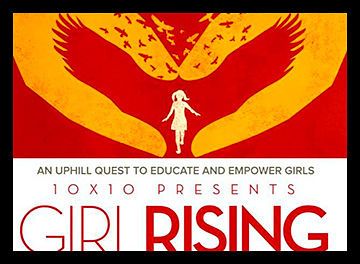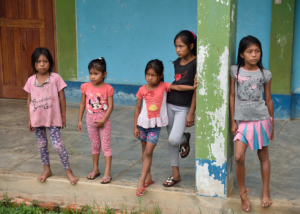
Girls’ access to education is a topic that has rightfully garnered a lot of attention in recent years. With organizations such as Girl Rising, which began as a 2013 film documenting girls who faced obstacles in receiving education and has since become a renowned advocacy group, the circumstances prohibiting girls from receiving proper education have come under scrutiny. From societal pressures to financial hardships, there is a variety of reasons as to why millions of girls can’t reach their potential through education.
Like in many countries around the world, girls in Peru are at a disadvantage when it comes to their educational opportunities. While there are girls around the Western South American country who are able to complete primary and even secondary schooling, education beyond that is often not accessible, especially for girls in rural areas. The following seven facts about girls’ education in Peru explain how the girls in Peru are at a disadvantage for their education.
7 Facts about Girls’ Education in Peru
- There is a 6 percent gap in literacy rates between genders in Peru. An estimated 97.2 percent of males 15 years and older can read and write, while 91.2 percent of females 15 and older are literate. While this difference is not huge, it is still significant.
- With 45 percent, and still rising, of the population under 25 years old, Peru’s education system is faltering. The government is being forced to spend more on education than is allotted in its budget in order to provide free education to children between 6 and 15 years old. While this free education is meant to be mandatory, many students, male and female, are still unable to attend. In fact, only 36 percent of girls in rural areas of Peru end up graduating from secondary school.
- Of Peru’s 31 million citizens, 22.7 percent live below the poverty line; that’s more than seven million people in less than liveable conditions. Many families living under the poverty line also live in rural areas, creating more obstacles for girls wanting to go to school. These girls would have to walk to and from school, and in cases where only afternoon classes are offered, many would be forced to stop attending out of fear for their safety.
- In 2001, a law improving access to education for girls in rural areas was passed. However, the results have been more surface-level than actually yielding tangible progress. Mainly, the law has resulted in activism on the subject of girls’ education. While more awareness is always helpful, active change in education opportunities is the ultimate goal.
- Because Peru’s population is largely made up of young people, there is a disproportionate ratio of students to teachers available to work. These scarce and largely underqualified teachers are unable to provide adequate learning environments to students, let alone give guidance to further propel students’ education opportunities. Some teachers are not even fully versed in the subjects they are meant to be teaching.
- Organizations such as Peruvian Hearts are working to make tangible differences. Working directly with Peruvian girls and young women living in rural areas, Peruvian Hearts not only offers quality educational opportunities but also one-on-one guidance and community involvement to create well-rounded young women.
- Basing their selection on the girls’ financial needs and display of ambition and willingness to learn, Peruvian Hearts gives their selected girls financial scholarships, college tuition and room and board. Their 100 percent success rate with girls completing secondary school means that more girls can continue their education in college. Additionally, the organization provides the girls with English lessons to further prepare them for higher education.
These seven facts about girls’ education in Peru highlight the setbacks many young girls face regarding their access to education. However, these facts also shed light on the progress made both in legislation and through organizations. Ultimately, despite the obstacles, more girls are slowly gaining the education they deserve.
– Emi Cormier
Photo: Flickr
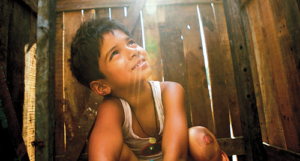 Global poverty is a worldwide issue that is still prevalent today. According to UNICEF, one billion children worldwide are living in poverty and
Global poverty is a worldwide issue that is still prevalent today. According to UNICEF, one billion children worldwide are living in poverty and 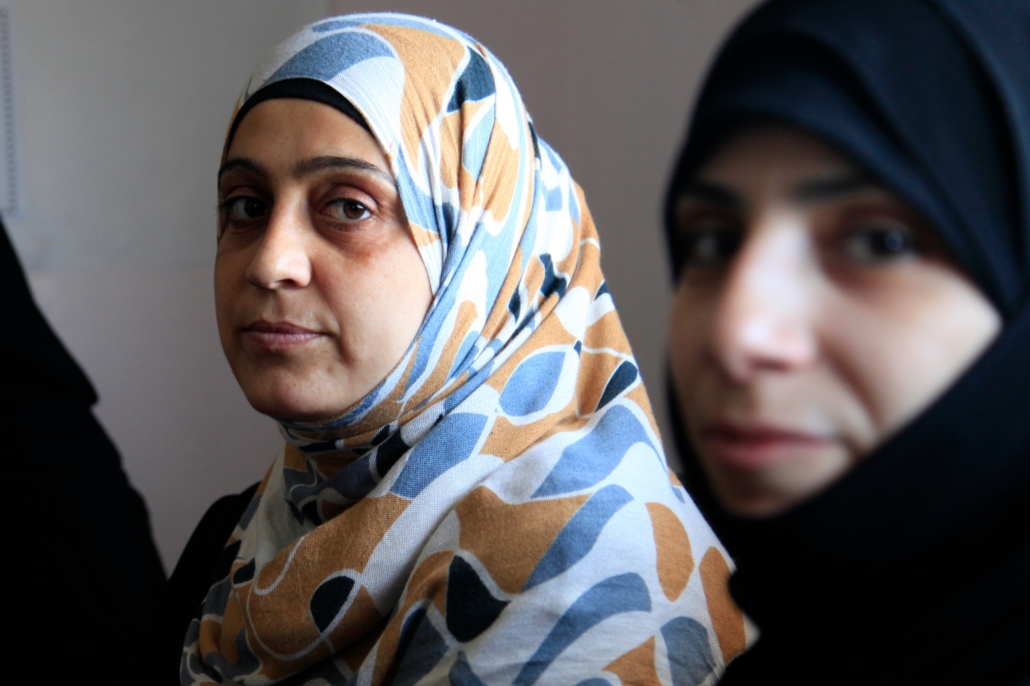 Globally, various disasters and conflicts displace approximately 68.5 million people—half of whom are women—and force them to turn to refugee camps in order to fight for survival. But these women refugees are not on their own.
Globally, various disasters and conflicts displace approximately 68.5 million people—half of whom are women—and force them to turn to refugee camps in order to fight for survival. But these women refugees are not on their own.